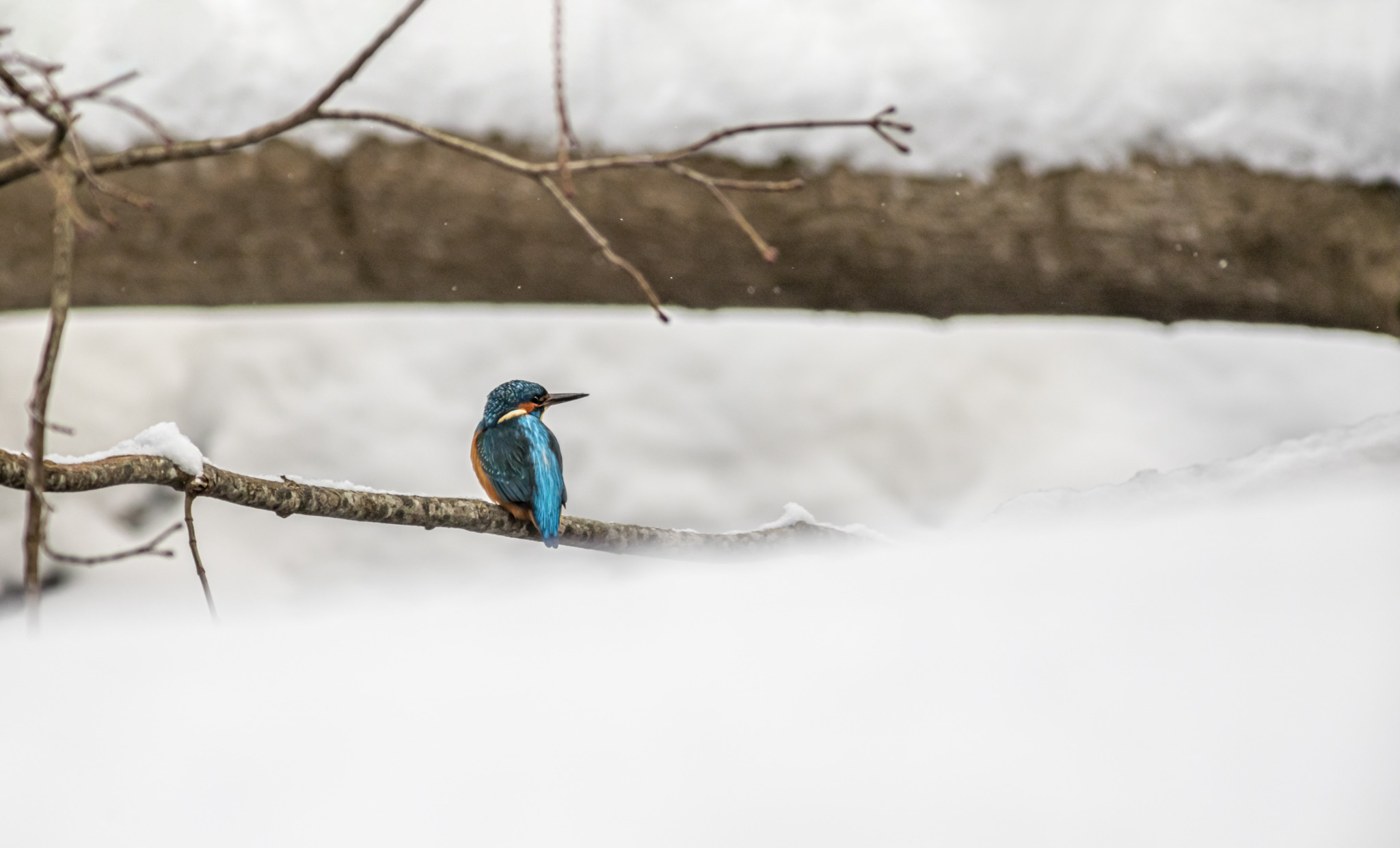Common Kingfisher (Alcedo atthis) Overview
The Common Kingfisher (Alcedo atthis) is a small, brightly colored bird known for its iridescent blue and orange plumage, rapid flight, and remarkable fishing skills. It is widely distributed across Europe, Asia, and North Africa, favoring freshwater habitats like rivers, lakes, and streams.
General Information:
- Scientific Name: Alcedo atthis
- Common Names: Common Kingfisher, Eurasian Kingfisher
- Family: Alcedinidae (Kingfishers)
- Size:
- Length: 16–17 cm (6.3–6.7 inches)
- Wingspan: 24–26 cm (9.4–10.2 inches)
- Weight: 30–40 g (1.1–1.4 oz)
- Lifespan: Typically 2–3 years, though some live up to 7 years
Appearance & Identification:
- Plumage:
- Bright metallic blue-green back and wings
- Rich orange underparts
- White throat patch and neck markings
- Beak: Long, sharp, and pointed—perfect for catching fish
- Legs & Feet: Small and reddish-orange
- Sexual Dimorphism: Males and females look similar, but females have an orange base on their lower beak, while males have an entirely black beak
Distribution & Habitat:
- Found across Europe, North Africa, and much of Asia, extending to Southeast Asia
- Prefers clean, slow-moving or still freshwater bodies (rivers, lakes, canals, ponds) with plenty of fish and overhanging vegetation
- Also found in coastal areas and estuaries during winter
Behavior & Ecology:
- Fishing Technique:
- Perches on a branch overlooking water
- Dives headfirst, using its sharp beak to spear fish
- Swallows prey whole, headfirst, to avoid choking on spines
- Flight:
- Fast and low over water, with rapid wing beats
- Direct flight path, often appearing as a streak of blue
- Calls & Sounds:
- High-pitched, sharp “chee-chee” call, often heard before the bird is seen
- Territorial:
- Aggressively defends feeding areas from other kingfishers
Diet & Hunting:
- Primarily piscivorous (fish-eating): Small fish like minnows and sticklebacks
- Also eats aquatic insects, crustaceans, and amphibians
- Consumes ~60% of its body weight in food daily
Nesting & Reproduction:
- Breeding Season: March to August (varies by region)
- Nest:
- Digs a burrow in a riverbank, up to 1 meter (3 feet) deep
- Both parents excavate the nest tunnel
- Clutch Size: 5–7 white eggs
- Incubation: 19–21 days, both parents take turns incubating
- Fledging: Chicks leave the nest after 23–27 days, but remain dependent on parents for food
Predators & Threats:
- Predators:
- Birds of prey (e.g., sparrowhawks)
- Mammals like mink and rats (target nests)
- Threats:
- Pollution and habitat destruction
- Cold winters can drastically reduce populations due to frozen water sources
- Human disturbances at nesting sites
Conservation Status:
- IUCN Red List: Least Concern (LC)—but populations fluctuate based on habitat conditions
- Conservation Efforts:
- River conservation projects help maintain clean waterways
- Nesting site protection reduces disturbances
Interesting Facts:
- Kingfishers have specialized vision—they can compensate for refraction in water to accurately catch fish
- Their feathers contain structural colors that create their iridescent blue, rather than pigment
- They regurgitate indigestible fish bones and scales as small pellets
Visited 758 times, 25 visit(s) today
Views: 818
Subscribe to the newsletter:
